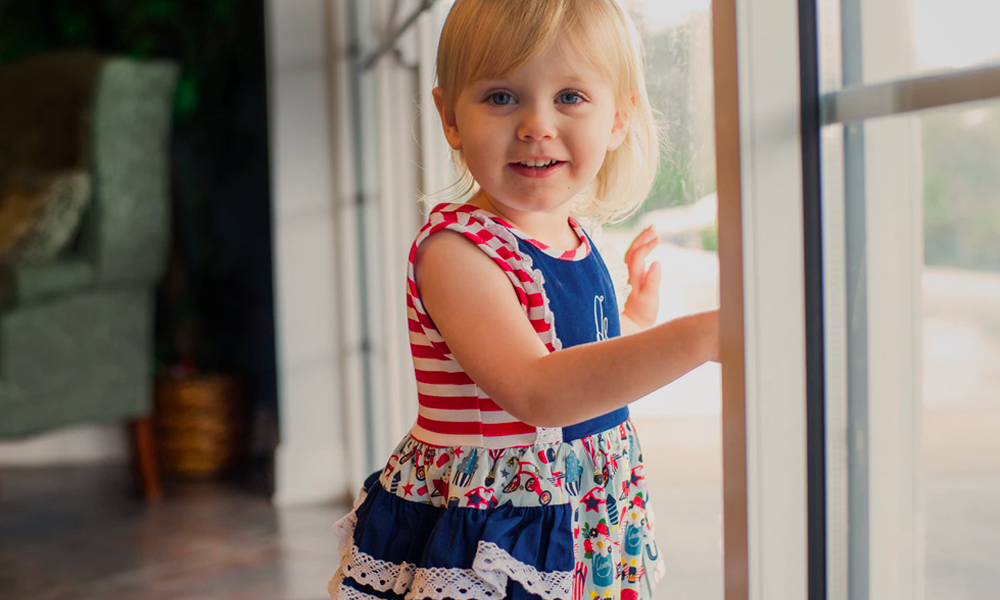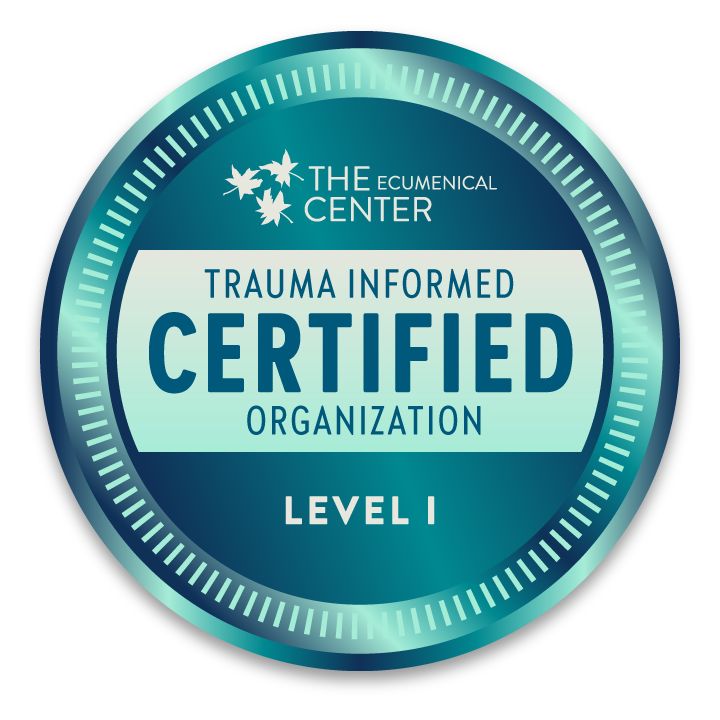Children often struggle with attaching to their caregivers when they are first placed in a new environment. At the same time, parents sometimes find attachment to the new children in their home challenging. Bonding in such situations can be tricky, as both parents and children suddenly find themselves in the position of having to build connection with a stranger. However, attachment is vital in foster care and adoptive placements, both for the child and the parent. One of the most powerful ways of promoting attachment is with eye contact.
Why Is It Difficult for Children in Foster Care and Adoption?
It is fairly obvious that a child who has experienced trauma, abuse, or neglect would find eye contact scary, uncomfortable, or even impossible. Logic would dictate that the way to approach that child would be to always use focused and kind visual connection when communicating. Doing so sends a message that parents are ready to listen to their child’s needs. However, it is easy to miss such an obvious parenting technique in a culture ripe with constant distractions. In their book, The Connected Child, Dr. Karyn Purvis and Dr. David Cross say:
“Never use eye contact as an excuse to give your child a mean and angry stare; instead use your eyes to communicate in a loving and nurturing way. The goal here is to be healing. Give your child the experience he would have received if he had been with you from the beginning, when you could have cradled him in your arms and gazed at him with love.”
How to Build Connection for Each Age
How are you doing with looking into your child’s eyes regularly? Maybe it is not a habit for you to do so, or perhaps it is your child who is having a difficult time with eye contact. Below are some suggestions for visually connecting.
Encourage eye contact in toddlers by:
- Having your child feed you snacks;
- Gently taking your toddler’s hands and placing them on your cheek bones; and
- Sitting in front of the mirror with your child and looking into her eyes in the mirror.
Encourage eye contact in elementary age children by:
- Sitting across from one another and playing board games;
- Playfully asking, “What color eyes do you have today?” and
- Standing in front of one another and mimicking movement.
Encourage eye contact in teens by:
- Competing in a playful thumb wrestling match;
- Applying makeup; and
- Praising a job well done with “high fives.”
At first, establishing eye contact may seem awkward and a waste of time. With busy schedules and constant distractions, you may not even realize that you are not looking in your child’s eyes regularly. When your child is talking, do you stop what you are doing and look while you are listening? If your newly adopted child is having trouble looking at you when you are talking, are you intentional about getting in her field of vision so that it’s easy for her to look at you? Have you put your phone down long enough to gaze into your son’s beautiful eyes even when he is not talking?
Stop, look, and listen. It takes effort to build connection.
NEED MORE PARENTING TIPS?
If you want more parenting tips geared for families impacted by foster care, adoption, and kinship care, please visit our resource library. If you need personalized trauma-responsive education for your family, we would love to help! Contact us to learn more about the ways Chosen can support your family.













